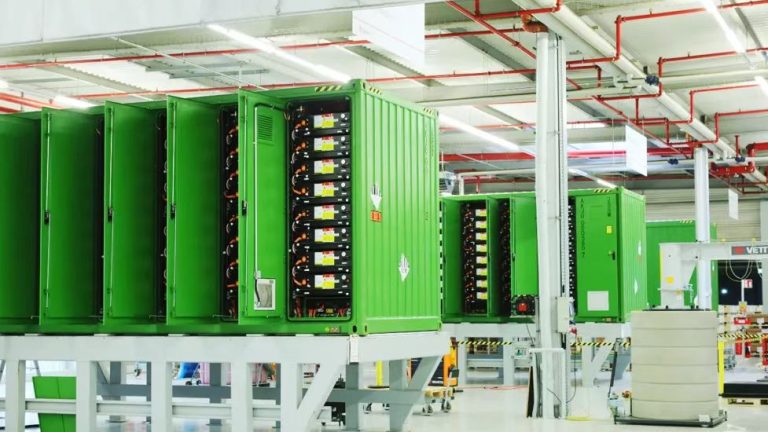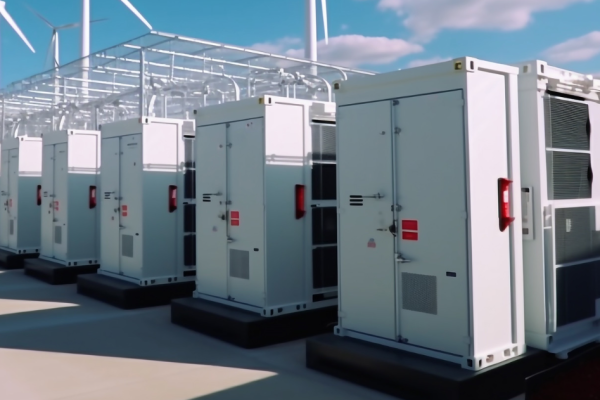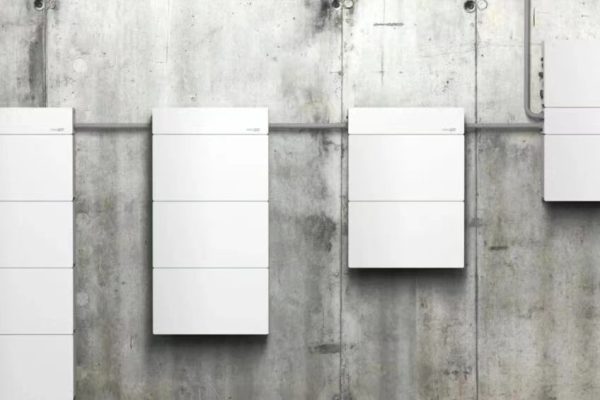How to Approach Mixed-Inverter Deployments in Small-Scale PV + Storage Systems
In an ideal world, every project uses a single inverter brand for consistency. But in reality — especially in small or retrofit PV + ESS systems — many installers and buyers end up mixing inverter brands due to:
- Budget constraints
- Stock shortages or phased installation
- Legacy systems that need upgrading
- Hybridizing on-grid systems with storage
So the question arises:
Can you manage and operate a system with multiple inverter brands reliably?
This article explores the practical feasibility, risks, and best practices for multi-brand inverter setups, focusing on 3kW–100kW systems in residential and small commercial projects.
1. Common Scenarios for Mixed-Brand Inverter Setups
Here are a few real-world examples:
| Scenario | Inverter Brands Involved | Reason for Mixing |
|---|---|---|
| Expanding old PV system with hybrid storage | SMA (old) + Deye Hybrid | Add storage without replacing PV |
| Site split into solar + generator backup | Growatt PV + Victron off-grid | Functional separation |
| Budget-limited small C&I setup | Solis (PV) + Luxpower (ESS) | Cost savings + partial availability |
| Parallel inverter array with phased rollout | GoodWe (1st phase) + Sofar (2nd) | Inventory delay + urgency |
Multi-brand systems aren’t rare — especially in regions with fluctuating supply chains or retrofit-heavy markets.
2. Key Challenges of Multi-Brand Inverter Management
🧩 1) Communication Protocols
Each brand may have its own:
- App/portal
- Modbus register map
- CAN/RS485 control logic
- Firmware compatibility
Impact: Limited ability to centralize control or run coordinated battery management.
Mitigation: Use external EMS or BMS layer to bridge communication between brands, but this adds cost and complexity.
🔋 2) Battery Integration
- If two hybrid inverters manage the same battery bank, protocol mismatch = risk.
- Shared batteries must be supported by both inverters or managed by an external BMS (e.g., REC, BatMon).
Recommendation: Avoid sharing batteries across brands unless your system integrator has verified BMS compatibility and load-balancing logic.
📊 3) Monitoring & Data Management
- Each brand has its own monitoring app/platform (e.g., Growatt Shine, Deye SE, GoodWe SEMS).
- Aggregating performance data becomes a headache.
Options:
- Use third-party monitoring tools (e.g., Solar-Log, Home Assistant, Victron Venus OS).
- Integrate via Modbus TCP/IP into a central EMS if protocols allow.
⚙️ 4) Firmware and Support Consistency
- Different brands = different support channels, upgrade cycles, and service policies.
- Firmware updates may change behavior, affecting multi-brand balance.
Tip: Keep detailed documentation of firmware versions and settings for each brand — especially for hybrid/off-grid units.
3. When Multi-Brand Setups Are Feasible
| Use Case | Feasibility | Notes |
|---|---|---|
| Separate systems (PV vs. battery backup) | ✅ High | No comms conflict if loads are separated |
| Mixed PV-only inverters (same string voltages) | ✅ Medium | Requires careful MPPT & grid sync planning |
| Hybrid + grid-tied (ESS + PV) | ⚠️ Conditional | Separate battery banks or coordinated EMS required |
| Shared battery across brands | ❌ Not advised | Complex control, unless managed via advanced external EMS/BMS |
4. Best Practices for Mixed-Brand Installations
✔️ Use Separate Strings and Loads
Assign one inverter per load or function (e.g., one handles grid PV, the other handles battery backup).
✔️ Avoid Shared Batteries Without Protocol Match
If both brands claim compatibility with a given battery, test charge/discharge balance first.
✔️ Centralize Monitoring via External EMS
Use modbus-based EMS to aggregate control and status (e.g., Victron Cerbo GX, Solar Assistant).
✔️ Label and Document Everything
In multi-brand systems, clear wiring, port labels, and system diagrams prevent disaster during service or upgrades.
5. A Note on Grid Compliance and Certification
Each inverter model must:
- Comply independently with grid codes
- Be tested and approved per utility standards
In some regions (like the EU, Australia), grid operators may not allow mixed-brand inverters to operate in parallel unless tested as a system.
Check local grid codes before committing to mixed-parallel configurations.
6. Should Distributors Support Multi-Brand Design?
As a system buyer or EPC, you may expect your supplier to:
- Recommend compatible inverter pairings
- Pre-load battery protocols
- Offer EMS bundling or open protocol support
Distributors who act as “technical trade partners” — not just box movers — will flag potential incompatibilities early and help simplify commissioning.
Conclusion: Technically Possible, Operationally Risky
Can you mix inverter brands in one system? Yes — but only under controlled conditions.
| Situation | Verdict |
|---|---|
| Separate functions | ✅ Acceptable |
| Shared load + batteries | ⚠️ Risky |
| Single monitoring system | ⚠️ Complex |
| Full system integration | ❌ Not advised |
Unless you have a strong reason (e.g., phased upgrades, hybrid retrofit), standardize inverter brands whenever possible to simplify design, monitoring, and service.
If multi-brand usage is unavoidable, work with partners who can pre-test compatibility, map protocols, and provide EMS support — because once the system is live, cross-brand debugging becomes costly.









